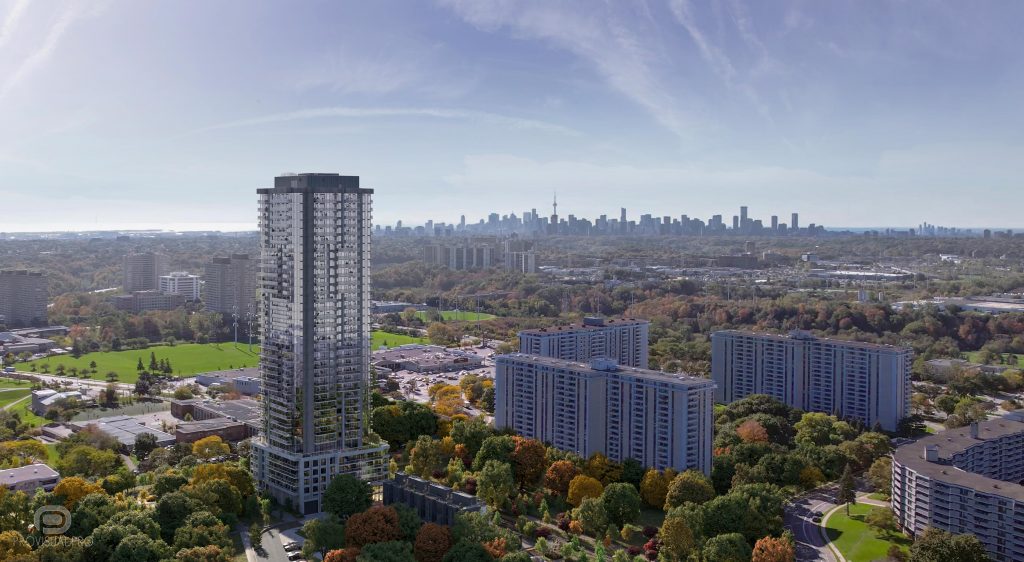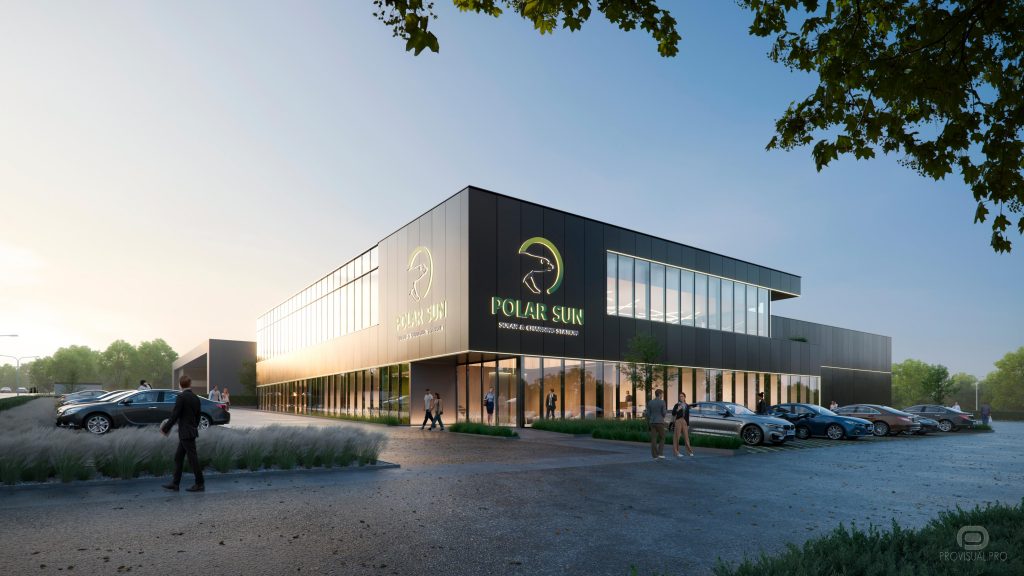The Role of 3D visualization in real estate marketing for developers and realtors
August 16, 2024
Introduction to 3D visualization in real estate marketing
3D visualization has become a pivotal tool in modern real estate marketing, significantly enhancing the way properties are showcased to potential buyers. In a competitive real estate market, where standing out is crucial, high-quality 3D graphics help create compelling, immersive experiences that influence buyer decisions. As technology evolves, 3D visualization has advanced to include realistic, detailed models that provide a near-authentic sense of the property. Current trends in the field involve integrating virtual and augmented reality, offering new ways to interact with property designs and improving the overall user experience.
Application of 3D visualization for developers
For developers, 3D visualization is an invaluable asset in the design and planning phases of real estate projects. It allows for the creation of high-quality visual models of future properties, enabling a more accurate assessment of their appearance and functionality before construction begins. This capability supports better planning and facilitates early adjustments to the project. Additionally, effective presentation of new developments using 3D visualization helps developers communicate their vision more clearly to potential investors and clients, creating engaging and persuasive presentations that can significantly boost interest and sales.
The role of 3D visualization for realtors
For realtors, 3D visualization serves as a powerful tool for enhancing sales and rental processes. By leveraging advanced 3D tools, real estate agents can provide clients with immersive, detailed virtual tours of properties, enabling them to explore and experience spaces in a way that traditional photos and videos cannot match. These tools help in presenting properties more effectively, highlighting key features and layouts that might otherwise go unnoticed. Additionally, 3D visualization can streamline the decision-making process for potential buyers or renters by providing a more comprehensive and engaging view of the property, ultimately aiding in quicker and more informed decisions.
Benefits of 3D visualization for end consumers
- Accurate perception of interiors and exteriors. 3D visualization provides end consumers with a detailed and realistic view of both the interior and exterior of a property. This immersive experience helps them understand the space and layout better than traditional photos or floor plans, allowing for a clearer impression of how the property will look in reality.
- Customization and personalization opportunities. With 3D visualization, consumers can explore various customization options, such as different furniture arrangements, color schemes, and finishes. This capability allows them to visualize how their personal style and preferences can be integrated into the property, making it easier to envision their future home.
- Informed decision-making. By offering a comprehensive and interactive view of the property, 3D visualization aids in the decision-making process. Consumers can thoroughly evaluate the space, assess its suitability for their needs, and make more informed choices. This reduces the time spent in the decision-making process and increases confidence in their property selection.
- Enhanced convenience and accessibility. 3D visualizations allow potential buyers and renters to explore properties remotely, saving time and effort. They can virtually tour multiple properties without needing to visit each one in person, making the search process more efficient and convenient.
- Reduced risk of buyer’s remorse. By providing a more accurate representation of the property, 3D visualization helps set realistic expectations. This can reduce the likelihood of buyer’s remorse and post-purchase dissatisfaction, as consumers have a clearer understanding of what they are purchasing before committing.
Technical aspects and tools for creating 3D visualizations
Creating high-quality 3D visualizations requires the use of advanced software and technologies. Popular programs such as Autodesk 3ds Max, SketchUp, and Blender offer extensive capabilities for modeling and rendering. Rendering engines like V-Ray and Corona Renderer play a crucial role in achieving high levels of realism in visualizations. To achieve optimal results, high-performance computers with modern graphics processors, sufficient RAM, and up-to-date software versions are essential. Attention should be paid to the quality of textures, detailed models, and lighting setups to ensure that visualizations are as realistic and appealing as possible.
Market and trends in 3D real estate visualization
The market for 3D visualization in real estate is evolving rapidly, with notable trends including the integration of virtual reality (VR) and augmented reality (AR) technologies. These innovations offer users interactive experiences with virtual property models, making the property selection process more engaging and immersive. Additionally, the growing use of artificial intelligence (AI) in visualization tools is enhancing automation and improving the quality of visual representations. These advancements are expanding the ways in which real estate properties are presented and enhancing client engagement in the property search process.
Conclusion
In conclusion, 3D visualization plays a pivotal role in modern real estate marketing by providing dynamic and accurate representations of properties. It significantly enhances client engagement and facilitates informed decision-making. Looking ahead, ongoing advancements in technology will continue to offer new opportunities for real estate professionals. It is recommended that professionals stay updated with the latest trends and innovations, adapt these technologies in their practices, and leverage cutting-edge solutions to achieve the best results in marketing and sales.

